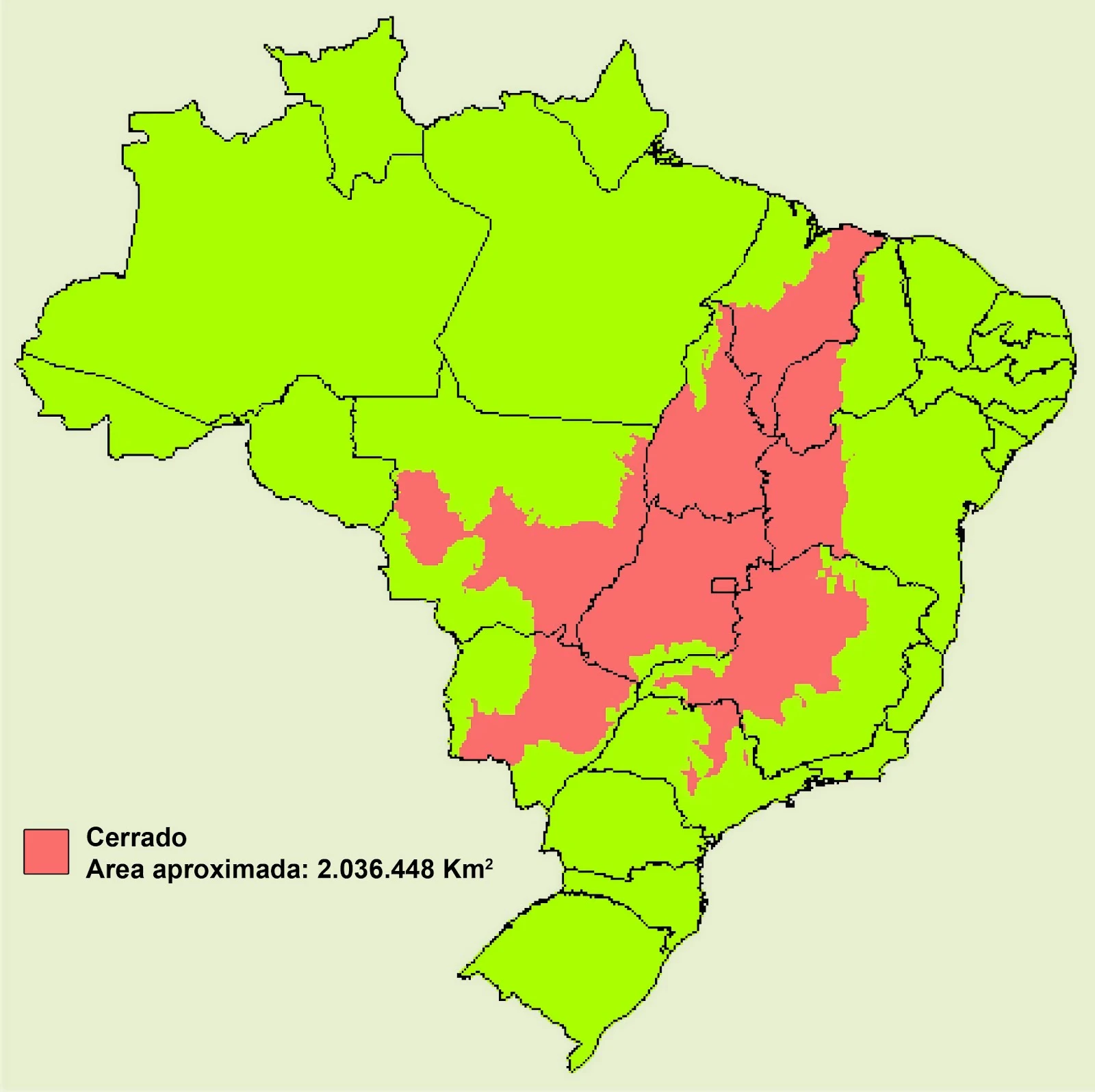In 2023, under President Luiz Inácio Lula da Silva, Brazil saw a significant decrease in Amazon deforestation.
The lost forest area was 5,152 square kilometers, almost half of the 10,278 square kilometers lost in 2022.
This 50% decrease was reported by the Brazilian National Institute for Space Research (Inpe) on January 5, 2024.
The Deter platform, used by Inpe, tracks forest cover changes. It revealed a substantial drop in Amazon deforestation, with the highest losses in Pará, Mato Grosso, and Amazonas.
Conversely, the Cerrado, another critical biome, saw a 43% increase in deforestation. This loss, totaling 7,828 square kilometers, mainly affected Maranhão, Bahia, and Tocantins.
These contrasting trends pose challenges in safeguarding Brazil’s diverse ecosystems. The Amazon’s decrease aids global climate efforts and helps preserve species.
However, it raises questions about the longevity of this trend and its policy foundations.
Meanwhile, the Cerrado’s deforestation suggests a potential offset to the Amazon’s gains. This increase signals a threat to biodiversity and an increase in carbon emissions.

It underscores the need for comprehensive environmental policies covering all biomes.
While Amazon’s improvement is commendable, the Cerrado’s deterioration highlights gaps in environmental strategies. A nationwide plan for ecosystem protection seems essential.
Furthermore, regional cooperation is crucial. Brazil’s neighbors, like Colombia, Peru, and Bolivia, also grapple with Amazon conservation.
Brazil’s approach should align with broader regional efforts to protect critical ecosystems.
In conclusion, President Lula’s environmental policies warrant a thorough evaluation.
Their impact on different Brazilian biomes, especially in the context of regional conservation, remains a vital consideration.

